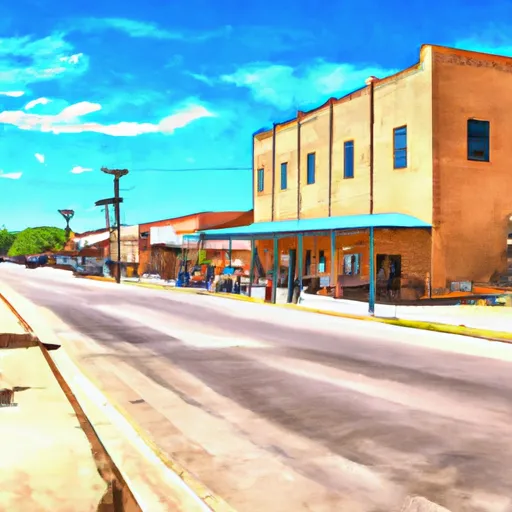°F
°F
mph
Windspeed
%
Humidity











Marathon, Texas is a small town located in Brewster County, in the southwestern part of the state. Situated in the high desert region of West Texas, the town experiences a semi-arid climate. Summers are hot, with temperatures often exceeding 100°F (38°C), while winters are mild, with average temperatures ranging from 30°F (-1°C) to 60°F (15°C). The area receives low rainfall, averaging about 12 inches per year, making it a dry and arid environment.
Regarding hydrology constituents, Marathon is located near the western edge of the Edwards Plateau, which is known for its limestone aquifers and springs. Springs in the area provide water sources for both wildlife and human consumption. Additionally, the town is close to the Rio Grande River, which offers further recreational opportunities.
Outdoor enthusiasts visiting Marathon can indulge in various activities. The nearby Big Bend National Park is a popular destination for hiking, camping, birdwatching, and stargazing. The park offers diverse ecosystems, including desert landscapes, canyons, and mountains. The Davis Mountains State Park, located just north of Marathon, provides opportunities for hiking, mountain biking, and wildlife observation. Overall, Marathon and its surrounding areas offer a unique outdoor experience in a scenic and rugged environment.
Weather Forecast
Marathon receives approximately 355mm of rain per year, with humidity levels near 83% and air temperatures averaging around 18°C. Marathon has a plant hardyness factor of 8, meaning plants and agriculture in this region tend to thrive here all year round.
Regional Streamflow Levels
130
Cubic Feet Per Second
124
Cubic Feet Per Second
5
Cubic Feet Per Second
0
Cubic Feet Per Second
Nearby Camping
| Camping Area | Reservations | Toilets | Showers |
|---|---|---|---|
| Fort Pena Colorada Park | |||
| Chisos Basin - Big Bend National Park |



